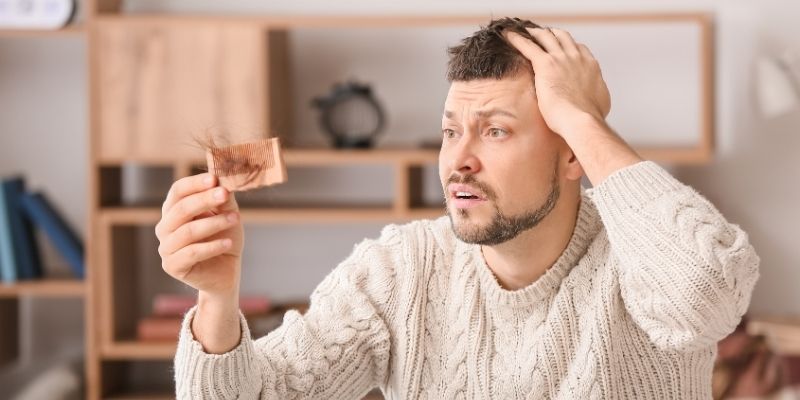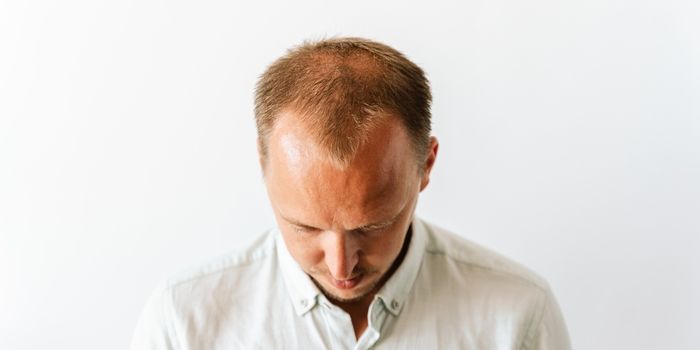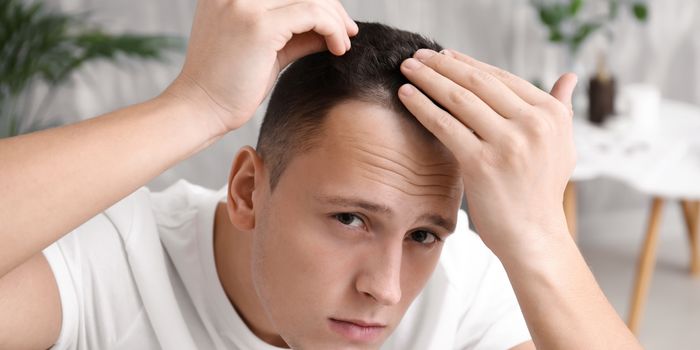
Hair loss is a common concern that transcends gender, age, and background, impacting millions worldwide. Whether caused by genetics, hormonal changes, stress, or various medical conditions, the emotional toll of losing hair can be profound. In this blog, we delve into the multifaceted aspects of hair loss – from understanding its roots to coping strategies and avenues for overcoming this challenge.
What is hair loss?
Hair loss, scientifically known as alopecia, is a widespread condition characterized by the gradual or sudden thinning, shedding, or absence of hair. While it is a natural part of the hair growth cycle to shed some hair daily, noticeable or excessive hair loss may result from various factors. These factors include genetics, hormonal changes, aging, nutritional deficiencies, stress, and underlying medical conditions. Hair loss can manifest in different patterns, such as receding hairlines, bald patches, or overall thinning. Understanding the root causes of hair loss is crucial for exploring effective prevention and treatment strategies. The impact of hair loss extends beyond the physical, often influencing self-esteem and emotional well-being. Exploring the intricacies of this condition is essential for individuals seeking insights into its origins, potential triggers, and available solutions.

Hair loss types
Hair loss manifests in various types, each presenting distinctive patterns and characteristics. Androgenetic alopecia, commonly known as male-pattern baldness or female-pattern baldness, is the most prevalent form, resulting from genetic predisposition and hormonal factors. Alopecia areata, an autoimmune disorder, leads to unpredictable hair loss in small, round patches. Telogen effluvium is characterized by sudden and widespread shedding of hair due to stress, illness, or hormonal changes. Traction alopecia results from prolonged tension on the hair, often due to tight hairstyles. Anagen effluvium occurs when hair is lost during the active growth phase and is often associated with chemotherapy. Understanding the specific type of hair loss is crucial for determining appropriate treatment strategies, as each variant has its unique triggers and considerations.

Hair loss symptoms and causes
Hair loss, with its myriad symptoms and causes, is a complex condition that can affect individuals of all ages and genders. Recognizing the signs of hair loss involves observing increased shedding during daily activities, a widening part, or the appearance of bald patches. The causes are diverse, encompassing genetic predisposition, hormonal changes, and aging. Androgenetic alopecia, often referred to as male-pattern or female-pattern baldness, is a common genetic cause. Hormonal fluctuations, especially during pregnancy or menopause, can contribute to temporary hair loss. Medical conditions such as alopecia areata, thyroid disorders, and autoimmune diseases can also lead to hair loss. Lifestyle factors like stress, poor nutrition, and certain medications may exacerbate the issue. Identifying the symptoms and understanding the root causes are pivotal steps in formulating effective strategies to manage and potentially reverse the impact of hair loss. Seeking professional guidance is crucial for a comprehensive evaluation and personalized approach to address this multifaceted concern.

Medical therapies for hair loss
Medical solutions for hair loss encompass a diverse array of treatments designed to address the underlying causes and promote hair regrowth. One common approach is, medicines and products; such as minoxidil and finasteride, are commonly used to stimulate hair follicles, promoting growth and preventing further loss. Another option is, laser therapy; both at home with specialized devices and in clinical settings, utilizes low-level light to energize hair follicles and enhance cellular activity, fostering a conducive environment for hair regrowth. Additionally, clinical therapies; including platelet-rich plasma (PRP) injections, involve harnessing the body’s natural healing properties to stimulate hair follicles and encourage regrowth. These solutions emphasize a multifaceted approach, recognizing that individual responses to treatment may vary. Combining these methods often yields the most effective outcomes, and consultation with a healthcare professional is crucial to tailor a personalized solution that aligns with specific needs and goals.
Dr. Sezgin is the first Turkish board surgeon accredited as a member of the International Society of Hair Restoration Surgery (ISHRS) and has been granted the esteemed title of Fellow member of ISHRS. His expertise extends to cutting-edge hair loss treatments, including STEMCELL stimulation and growth factors, ensuring his patients receive high-quality, innovative solutions for their hair restoration needs. You can contact with him to book an appointment.
You may also like this: Eyebrow Transplant: Restoring Natural Beuty with Precison and Care








